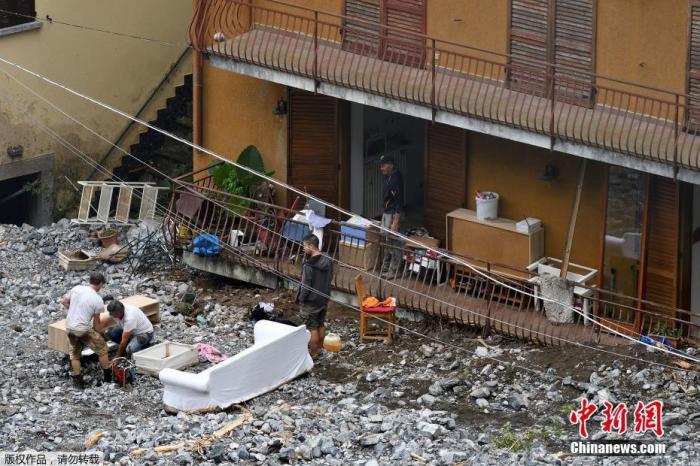China News Service, September 1, According to Reuters, on September 1, local time, the United Nations agency World Meteorological Organization (WMO) stated that the number of disasters such as floods and heat waves caused by climate change has increased in the past 50 years. 5 times, causing more than 2 million deaths and total losses of 3.64 trillion U.S. dollars.
According to the World Meteorological Organization, Atlas is the most comprehensive assessment ever conducted on mortality and economic losses caused by weather, water and extreme weather.
On August 29, 2021 local time, Category 4 hurricane "Ada" landed in southern Louisiana in the United States, causing a large-scale power outage and affecting more than one million households.
Among them, the entire city of New Orleans was out of power.
At present, "Ada" has been downgraded to a second hurricane.
The study investigated about 11,000 disasters that occurred between 1979 and 2019, including multiple major disasters, such as the Ethiopian drought in 1983 and Hurricane Katrina in 2005.
The report also shows the accelerating trend of disasters, that is, from the 1970s to the last ten years, the number of disasters has increased by nearly five times, which further shows that due to global warming, extreme weather events are becoming more frequent.
The World Meteorological Organization attributes the increase in the frequency of disaster events to climate change and improved disaster reports.
On July 27, local time, in Cernobbio, Como Province, Italy, the area was in chaos after heavy rains, and rescue work was underway.
However, despite more frequent disaster events, the annual death toll has dropped from more than 50,000 in the 1970s to about 18,000 in the 2010s.
This shows that better planning is paying off.
WMO Secretary-General Taras said that the improved early warning system for multiple hazards has led to a significant drop in mortality.
The report stated that more than 91% of the 2 million deaths occurred in developing countries, and pointed out that only half of the 193 member states of WMO have such early warning systems.
The World Meteorological Organization hopes that this report, which provides detailed regional classification, can be used to help governments formulate policies to better protect people.

